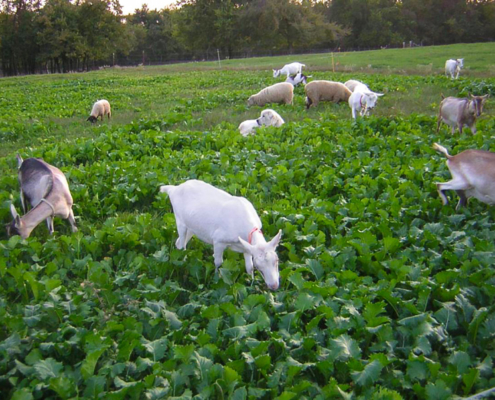
Soil Health 101: Grazing and Soil Health with Jody Reyer
In this video, Jody Reyer, owner and operator of Reyer Farms…

Grazing for Resilience: Bouncing Forward from Catastrophic Events
For many areas of the western United States and Canada, 2021 was one of the hottest and driest years in recorded history. With temperatures exceeding 110 degrees F and precipitation at one-third to one-half of what’s been the norm, these are unparalleled conditions that are catastrophic in their effect on the land, animals, and people. But what is to be done when nature dishes out severe weather events such as flooding, fire, or grasshoppers that eat every green leaf in sight? Is it possible to not just bounce back from such catastrophes but to bounce forward by rising to even greater resilience in the future? The answer is a resounding YES!
By Justin Morris and Linda Poole, Regenerative Grazing Specialists
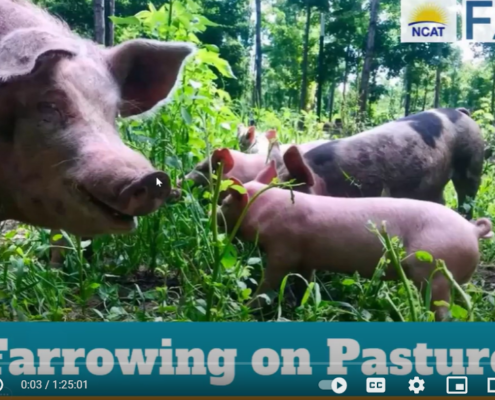
Farrowing on Pasture
Join NCAT Sustainable Agriculture Specialist Mike Lewis for an…
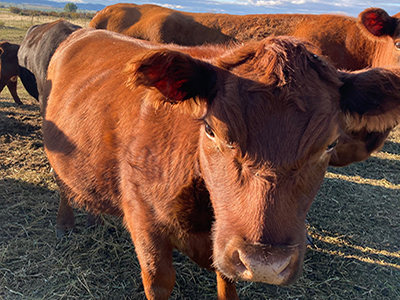
Bigger Isn’t Always Better: When Small Cows Shine
Our farm is small, and it doesn’t have a lot of infrastructure or equipment. This makes handling cattle an intimidating proposition for our family. Fortunately, not all cattle are created equal. By selecting Aberdeen Angus, a small breed of cattle about 44 inches at the hip and 1,000 pounds per cow, we were able to work a beef enterprise into our farm operation with minimal difficulty.
By Tracy Mumma, NCAT Sustainable Agriculture Specialist
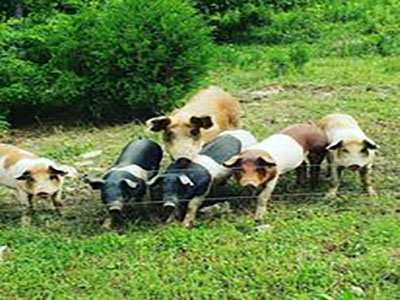
Looking for On-farm Diversification? Consider Pastured Pigs
I once had a platoon sergeant who liked to say, “the best defense is having a diversity of offense.” It wasn’t until recently that I made this connection to my farm and to my work at NCAT. One of the most common topics that I speak with farmers about is how to best diversify their operation to successfully weather the current reality we find ourselves in.
By Mike Lewis, NCAT Sustainable Agriculture Specialist

Grazing for Resilience – Bouncing Forward from Catastrophic Events
This webinar delves into grazing management strategies that will…
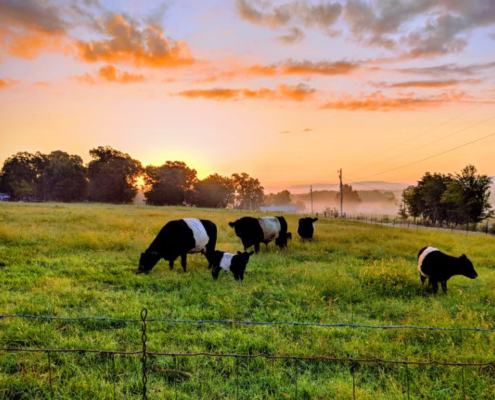
Episode 239. Good Things Come in Small Packages: A Look at Small-Frame Cattle
Cattle come in all sizes, and small cattle may be just right…

Building a Strong Foundation for Working with Livestock
Years of farming and visiting other farms, combined with recent education in soil health, have convinced me of this: We can best serve people, the land, and the livestock by learning to care for the soil FIRST. That’s why NCAT’s Livestock and Grazing Team began with this foundation when they gathered to teach a three-part series for beginning livestock producers.
By Linda Coffey, NCAT Livestock Specialist
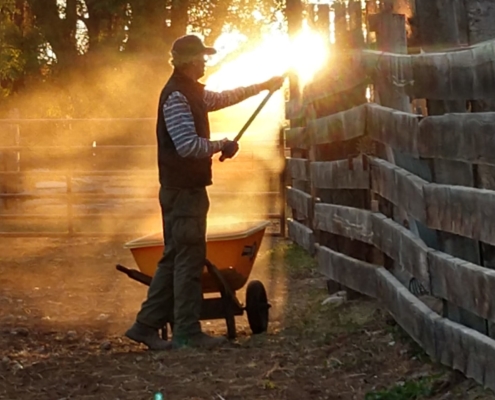
The Journey to a More Holistic System of Ranching
After many different and varied careers, Doug Lair settled into ranching 25 years ago, returning to a legacy started by his great-great grandfather, who passed down a team of mules and the family brand to his great grandfather. I recently had a conversation with Doug about his efforts to create a more holistic system of ranching.
By Andrew Coggins, NCAT Rocky Mountain West Regional Director
By Andrew Coggins, NCAT Rocky Mountain West Regional Director
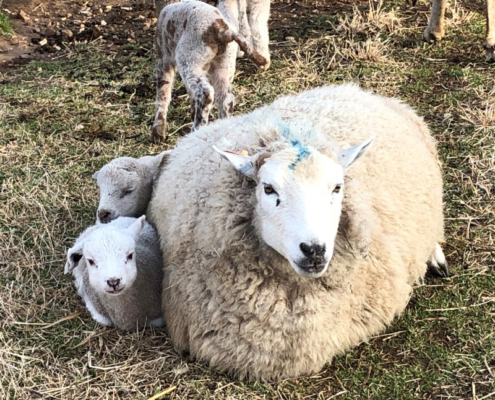
Lambing, Kidding, and Calving on Pasture
In this video, Margo Hale, Tracy Mumma, Linda Poole, and Linda…
Freshly Picked
NCAT Websites
Get Help
Ask an Ag Expert
Call us: 1-800-346-9140
Visit the Forum
Don’t Miss!
National Center for Appropriate Technology
Helping people build resilient communities through local and sustainable solutions that reduce poverty, strengthen self-reliance, and protect natural resources.

